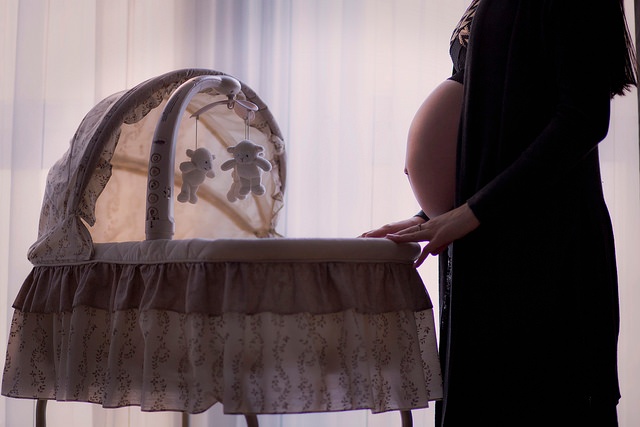It's encouraging to see the growing recognition of the "fourth trimester", the crucial postpartum period extending from birth to three months or even a year after delivery. For too long, the focus in maternal care has primarily been on pregnancy and childbirth, often leaving new mothers to navigate the complex physical, emotional, and social changes of postpartum on their own. However, a powerful movement is changing this narrative, with health systems nationwide stepping up to provide comprehensive and much-needed support during this vital phase.
One such leader is AdventHealth, which is actively responding to this movement by striving to care for women across their entire lifetime. Their innovative Fourth Trimester Program offers 12 weeks of dedicated postpartum care, a significant expansion from the traditional six-week check-up.
This program goes beyond just medical follow-ups, providing assistance with medications, blood pressure monitoring, and weekly visits. It also addresses the broader determinants of health by helping with insurance, paperwork, supplies for milk, transportation, and even financial and housing assistance.
The impact is already evident. According to Becker's Hospital Review, since its late 2024 launch, the program has achieved a remarkable 20% reduction in readmissions for Black mothers who had a C-section, a testament to its holistic approach and focus on health equity. AdventHealth is further expanding its commitment to women's services with two new locations opening in 2026.
Beyond AdventHealth, other health systems and organizations are also pioneering comprehensive fourth-trimester care:
- Partnership for Proactive Health champions a team-based approach to fourth-trimester care, emphasizing "Healthcare as a Team Sport." Their model proactively builds trusting relationships during pregnancy and extends support into the postpartum period, focusing on five key areas: team and support, food and nutrition, movement and exercise, rest and recovery, and joy and mindset.
- Kahn Health offers a dedicated "4th Trimester Care Package" that includes in-home check-ups for both mother and baby, specialized lactation and breastfeeding advice, and support for common newborn issues. This personalized, integrative primary care model provides crucial support in the comfort of the family's home.
- UW Medicine in Washington is leading the "Maternal Mental Health Access" effort. This initiative, funded by the Washington Department of Health, aims to enhance perinatal behavioral health care capacity across the state. It focuses on screening for suicide risk, developing risk-mitigation plans, and providing team-based care and training for healthcare providers. The Washington State Legislature has also extended Medicaid benefits for mothers from six weeks to a year postpartum, recognizing the increased risk of maternal mortality for those without benefits.
- Cherokee Health Systems in Tennessee has implemented the NURTURE model of care. This integrated approach combines OB/GYN, pediatric, and behavioral health care for new parents and their babies, ensuring comprehensive support during and after pregnancy. Their behavioral health specialists are even trained in basic lactation to address feeding-related stress.
- NewYork-Presbyterian emphasizes "mother-baby" care on their postpartum units, where one nurse is trained to care for both the mother and newborn. They provide support for physical changes, coping with "baby blues," medication management, and daily workshops on breastfeeding and discharge.
- UMass Memorial Health has introduced a "Hospital at Home for Postpartum Care" program for eligible patients who have had cesarean births. This innovative model allows mothers to recover in the comfort of their homes while still receiving high-quality, hospital-level services, including daily virtual doctor visits and 24/7 monitoring.
These pioneering programs represent a vital shift in healthcare, recognizing the postpartum period is not just about the baby, but also about the health and well-being of the birthing parent. By extending care, integrating services, and embracing new technologies, these health systems are not only improving individual maternal health outcomes but also contributing to a healthier society as a whole.
As Nurses, we are at the forefront of this movement, advocating for and delivering the compassionate, comprehensive care that new mothers truly deserve during their fourth trimester and beyond.


 ProPublica and NPR launched a project about maternal deaths and near-deaths in the U.S. In recent months, mothers who nearly died in the hours and days after giving birth have repeatedly
ProPublica and NPR launched a project about maternal deaths and near-deaths in the U.S. In recent months, mothers who nearly died in the hours and days after giving birth have repeatedly 
